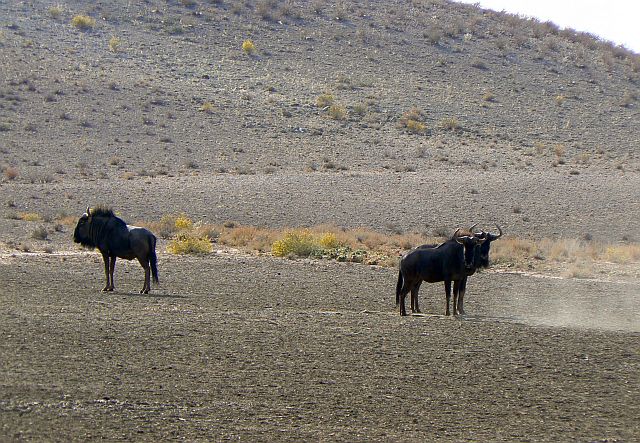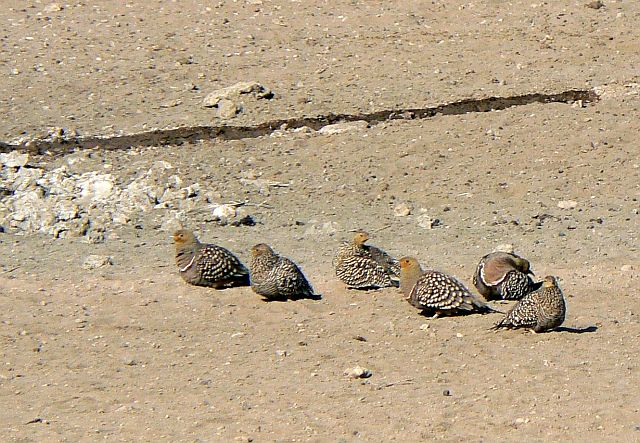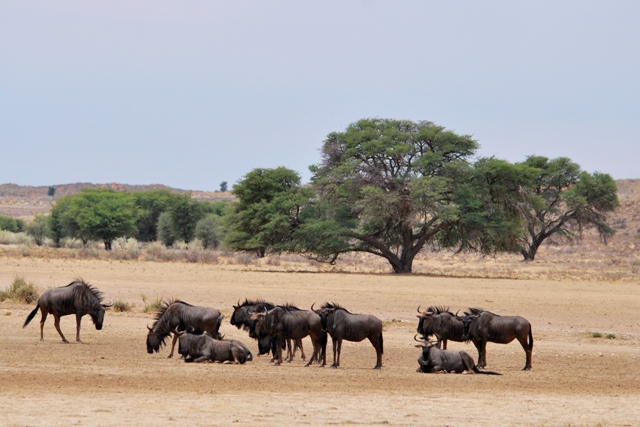Waar die Nossob-en Auobrivier ontmoet. / Where Nossob and Auob rivers meet
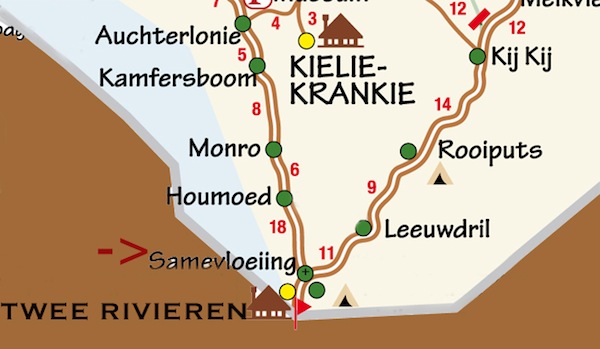

The borehole is apparently fed by thre boreholes: drilled in 1913, 1984 and 1987 respectively.
Hans Schwabe hid his car in this area.
The Tragic Tale of Hans Schwabe
20 October 1958
Hans Schwabe, a German geologist, met with Joep le Riche and asked for permission to prospect for diamonds in the Nossob River Valley. Joep refused and told him he must leave the park. Schwabe told Joep that he would leave the park at Mata Mata and drove off.
Near the confluence of the Auob and Nossob Rivers he hid his car in the blue pea bushes. Hans waited for a few hours, making sure nobody followed him. He then drove to Kwang Pan and left his car there.
A day or two later the Botswana Police telephoned Joep and informed him that they had found an abandoned car at Kwang Pan and that they did not have time to search the area. Joep, his son Stoffel, two constables and a tracker left Twee Rivieren to investigate. Joep noticed the place where Schwabe had hidden his vehicle and realized that the abandoned car must belong to Hans Schwabe.
180 kilometres further north they found the abandoned car with a note that read "No water for car, no water for myself, follow this road", Monday 8am Hans Schwabe.
Something was wrong. The Radiator was full of water and two sets of tracks led away from the car and one set returned. Why did he travel north to look for water when there was water in the south? Joep came to the conlcusion that Schwabe left the car and started walking north. After a while (he may have become frightened), he returned to leave a note so that others could find him in case of problems. He then walked in a northerly direction again.
The party followed the spoor, realizing that they were more than a day behind Schwabe. After a few kilometres, Schwabe left the valley and walked along the crest of the river valley. Every now and then they found signs of prospecting. Joep remarked that Hans was busy digging his own grave. Before sunset they saw the first vultures. The spoor became erratic but still there were signs of prospecting!
When they found the body, it had already been disfigured by animals.
The following day the police and a doctor from Witdraai arrived at the Scene. The body could not be moved because of the legal implications of being found on Botswanan side of the border. It was decided to bury Schwabe under a small Camel Thorn tree with a cross made of two Camel Thorn branches. On his grave they placed his tin containing half a dozen Marie biscuits, a few cigarettes and a bottle of pills. On an empty water bottle Joep engrave the following words ‘Hier rus Hans Schwabe. Oorlede 22.10.58’ The grave site is a few hundred metres from the Grootbrak water point on the Botswanan side of the border.
(It seems that the water at Bedinkt, Langklaas and Kousant was either not available or not fit to drink. he walked about 35km which can be done provided one has an adequate water supply. October can be hot in the Kalahari and dehydration can set in very quickly.)
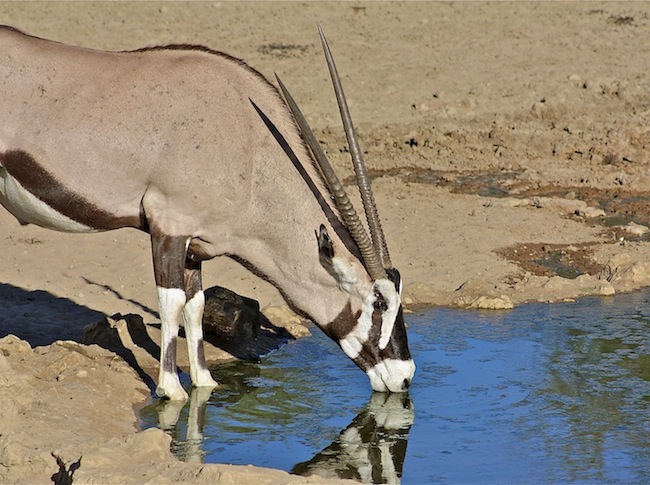
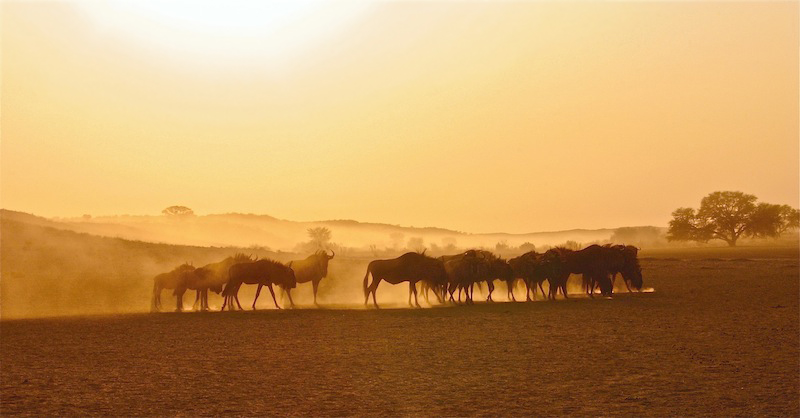
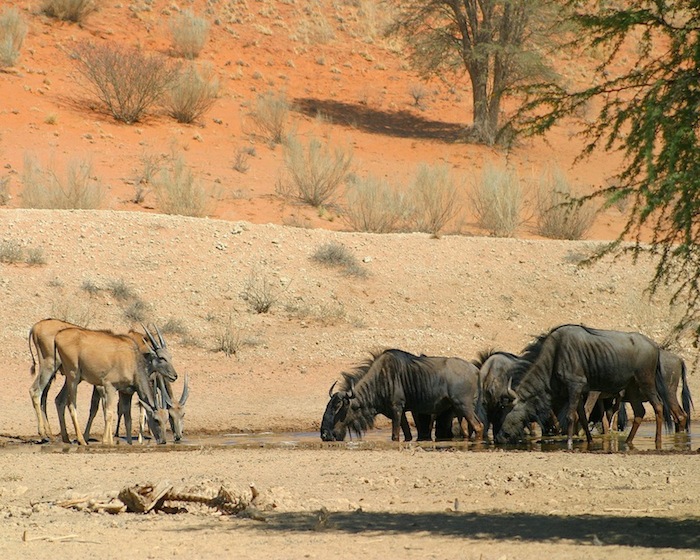
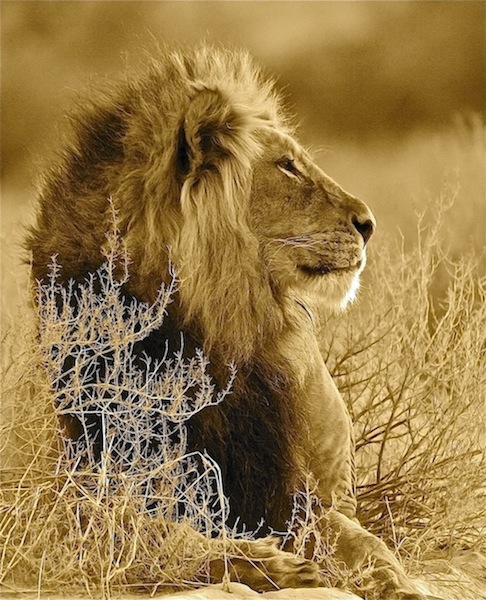 (taken @ Marie Se Drai loop)
(taken @ Marie Se Drai loop)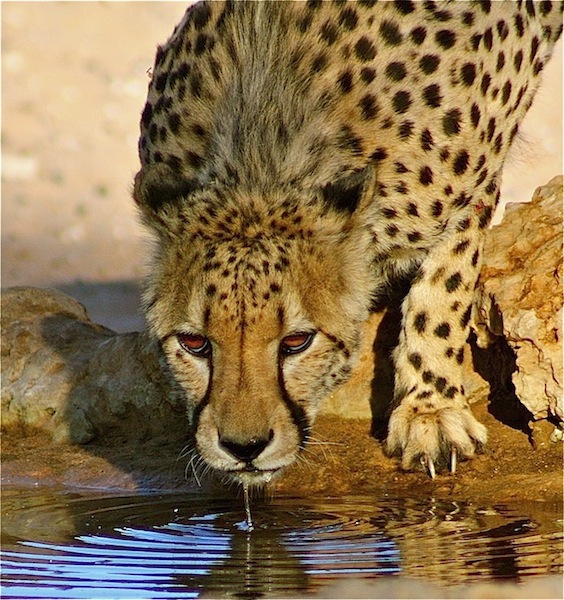 (taken at Dertiende)
(taken at Dertiende)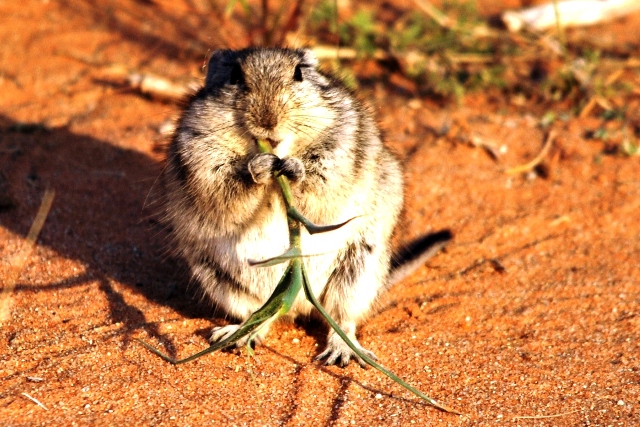 21/03/2010
21/03/2010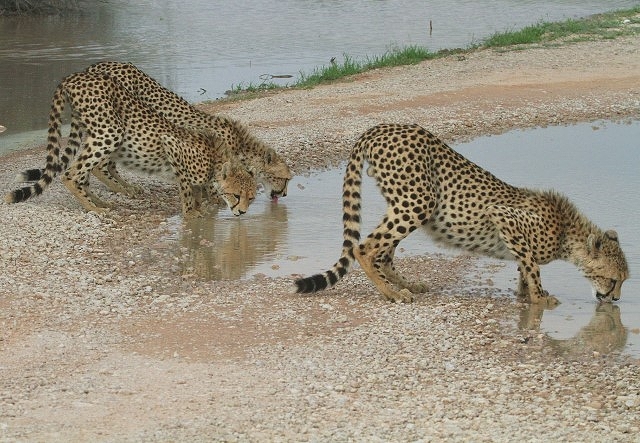
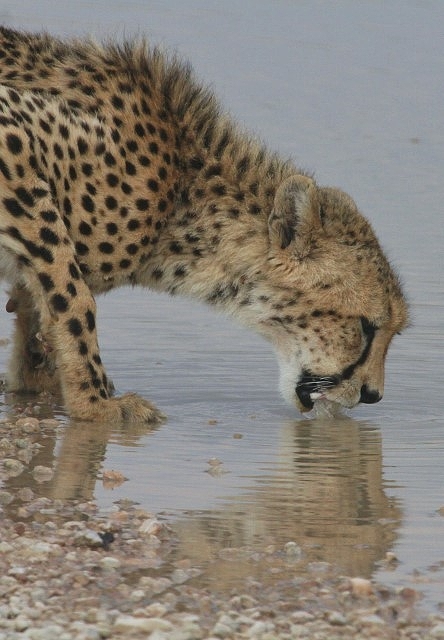

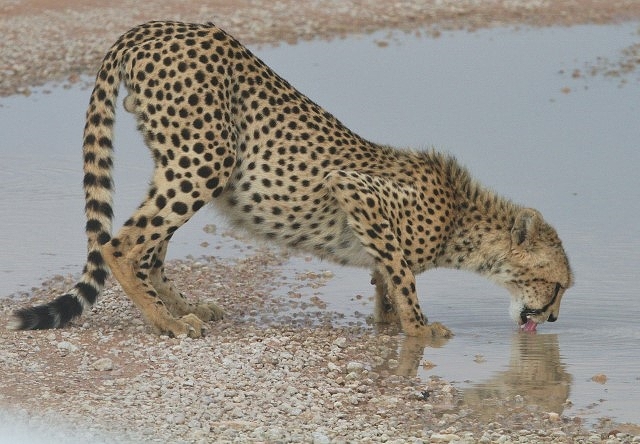
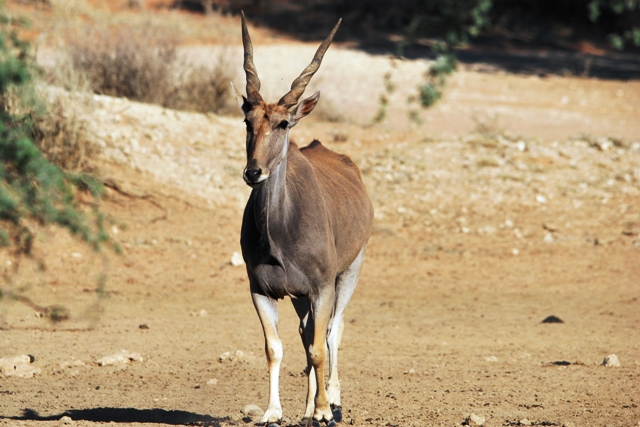 02/11/2012
02/11/2012